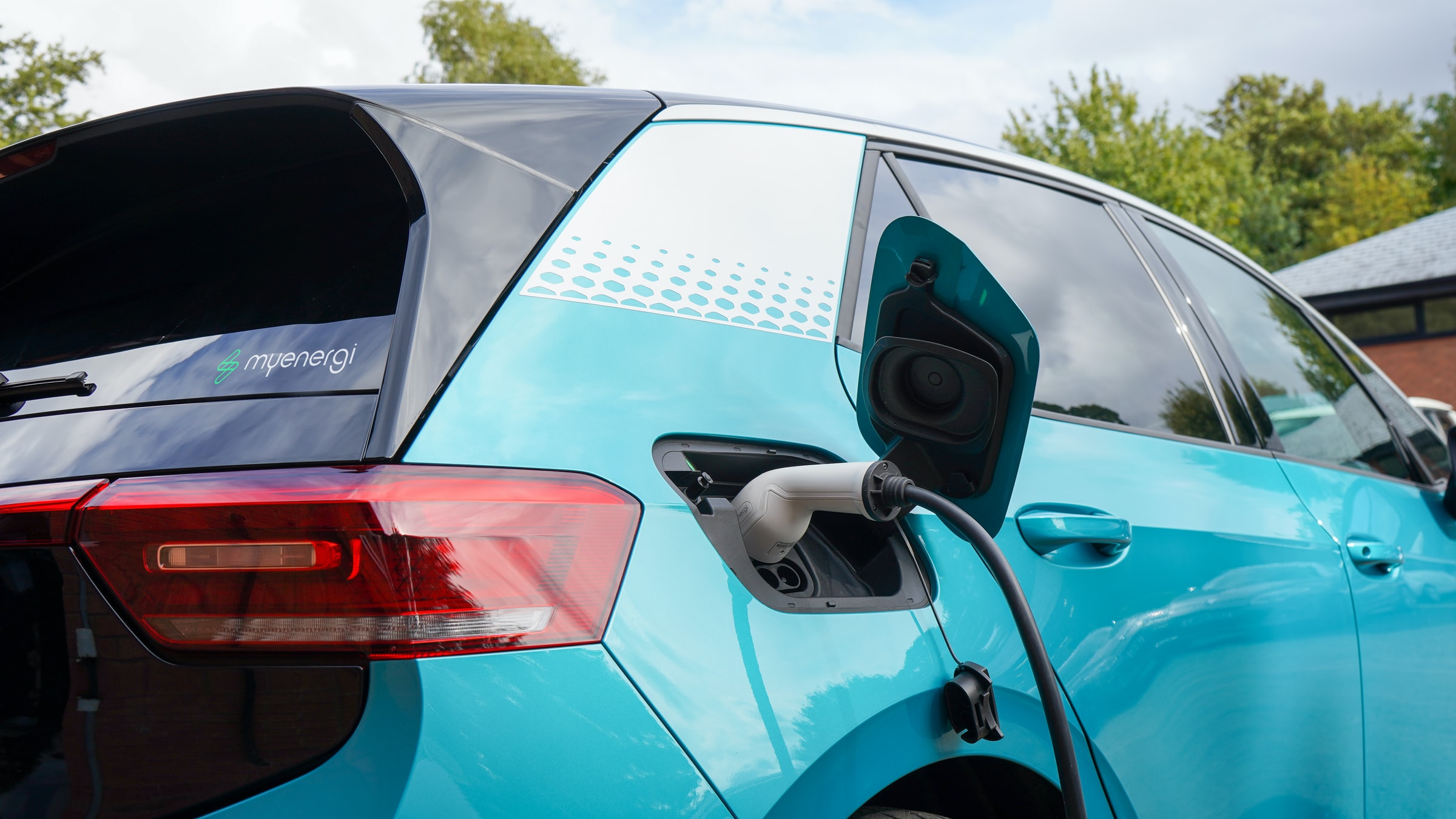Managing EVs in Australian Urban and Rural Grids

.
The adoption of electric vehicles (EVs) poses technical and economic changes for our power grid. Electricity distribution networks were not designed with the consideration of a high penetration of electric vehicles. Charging EVs at home can significantly increase our normal demand, affecting the poles and wires. Nonetheless, if EV charging is managed well, it could mean more efficient networks, leading to lower prices and better outcomes for energy consumers.
Mitigating the effects of mass EV integration into existing power systems is a complex but not impossible task. However, whether it is by directly managing the EV charging points or by persuading EV users to charge at different times, it is important for distribution companies to understand the extent of the benefits of potential EV management solutions.

The fifth webinar in our series will present the results from studies that simulate the control of EV charging points at homes as well as the use of time-of-use tariffs in both urban and rural areas. The assessment involves fully modelled HV (22kV and 11kV) feeders, and pseudo low voltage (0.4kV) networks to capture the effects close to end users, time-series analyses, and rapid adoption of EVs.
Join researchers from the University of Melbourne, Prof Nando Ochoa and Dr William Nacmanson, as they present how they quantify the benefits of EV charging management strategies as well as the likely effects on EV owners.